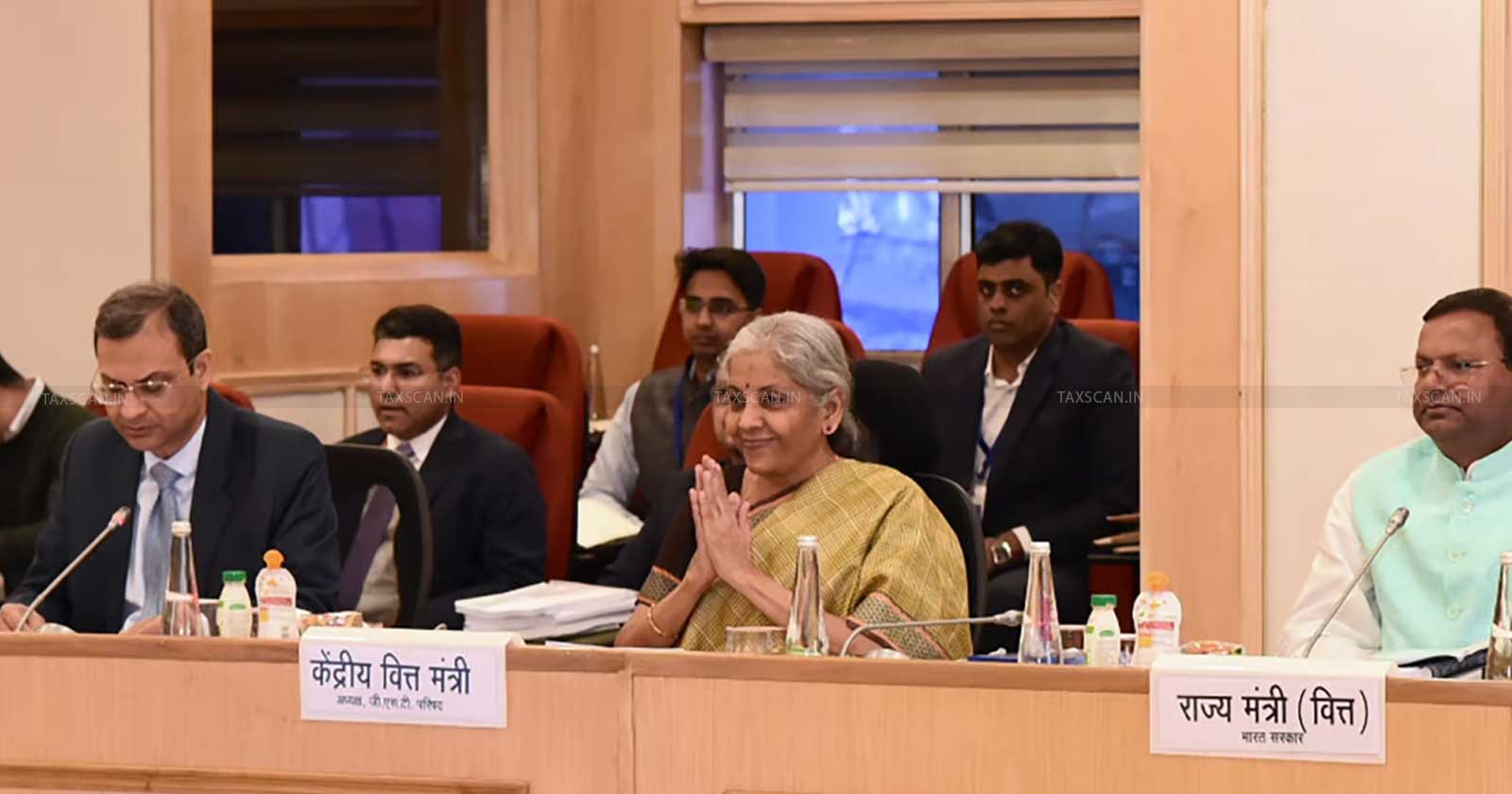The Goods and Services Tax (GST) was introduced in 2017 as India’s most ambitious indirect tax reform, with the promise of creating a unified market, removing cascading taxes, and making life easier for businesses and consumers alike. Yet, over the years, its complexity—with multiple slabs, frequent rate revisions, and compliance headaches—has often led to frustration rather than relief. Now, the Centre has unveiled what it calls a “game-changing” reform: from September 22, GST will operate on just two slabs—18% and 5%. On paper, this is a landmark move. Simplicity is the soul of any tax system, and rationalising rates into two broad slabs has been a long-standing demand of both industry and economists. The government expects the reform to help curb litigation, boost compliance, widen the tax base, and ultimately increase collections manifold. Finance Minister Nirmala Sitharaman, while making the announcement, appealed to industry to ensure that the benefits of lower tax rates are passed on to consumers. That appeal, however, betrays the core concern—will industry really cooperate? History gives us little comfort. Every time GST rates have been cut in the past—whether on FMCG products, automobiles, or consumer durables—the extent of benefit reaching the end consumer has been patchy at best. Corporates have often cited “input costs,” “supply chain adjustments,” or “inventory pressures” to explain why price tags remained unchanged, even though their tax burden eased. The National Anti-Profiteering Authority (NAA), established specifically to monitor such malpractices, has exposed instances of profiteering. Yet, enforcement was sporadic, penalties were mild, and cases dragged on endlessly. Consumers, as always, ended up short-changed. This time, the stakes are higher. By moving to just two slabs, the government has given industry what it always wanted: fewer complications, lower compliance costs, and a structure that rivals some of the most efficient tax regimes globally.

But this generosity must come with accountability. Passing on benefits is not a matter of charity—it is a legal and moral obligation. If the government is serious about making this reform meaningful, it must tighten enforcement, empower consumer watchdogs, and create mechanisms where profiteering is swiftly identified and penalised. Otherwise, the reform risks being reduced to a paper victory, with corporates smiling and consumers sulking. At the same time, consumers must understand that the reform will not result in an across-the-board price drop. Some products and services currently taxed at 28%—such as luxury cars, aerated drinks, and certain sin goods—will now come under the 18% slab, potentially making them cheaper. On the other hand, items that enjoyed a 12% or lower rate may move up to 18%. So, the impact will be mixed. But the logic is sound: fewer slabs mean less confusion, less litigation, and more predictability. Over time, the system should generate higher collections, which can be channelled into public welfare and infrastructure. For India’s consumption-driven economy, trust is the currency that matters most. If the industry fails to pass on GST benefits this time, consumer confidence will take a severe beating. And if consumer demand remains muted, no amount of tax tinkering will boost collections. The Finance Minister’s appeal is therefore not just a polite request—it is a stern warning. Industry must recognise that profiteering in the short term could mean long-term pain, as both public sentiment and government scrutiny turn hostile. Ultimately, the GST reform is a test for all stakeholders. The government has delivered by simplifying the system. The onus is now on businesses to show that they can act responsibly and transparently. And consumers, for their part, must stay vigilant, demand invoices that reflect revised rates, and raise complaints when they feel cheated. The promise of GST was always “one nation, one tax.” With this new two-slab structure, India is closer than ever to realising that vision. But unless industries cooperate and consumers benefit it will remain a hollow slogan. The reform can be a watershed moment—but only if industry plays fair.




